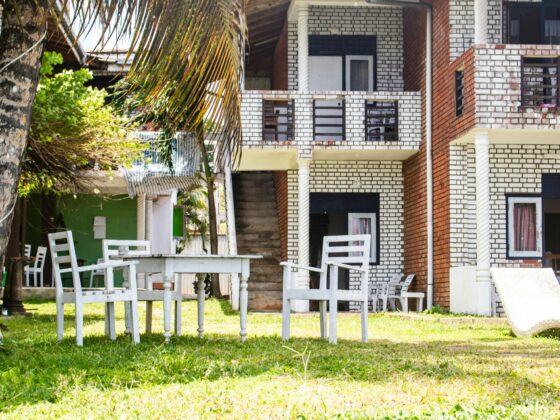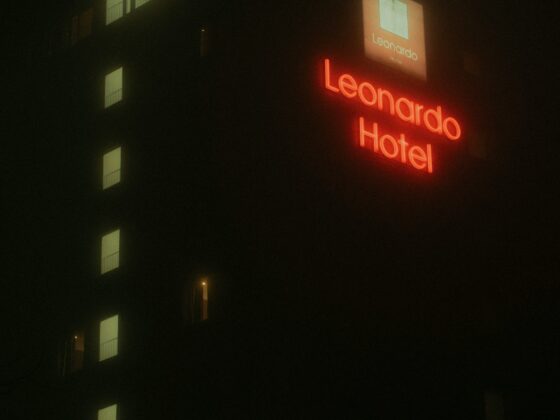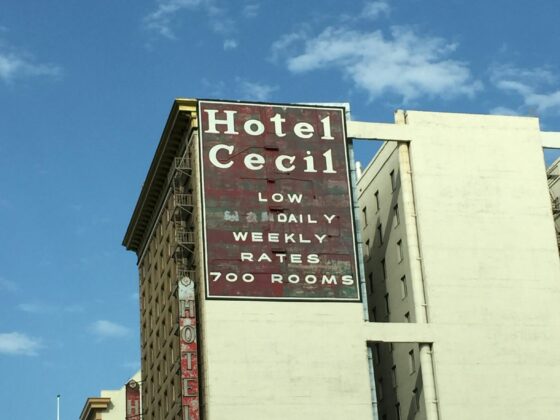The condition of the hospitality industry is clearly improving after the difficult pandemic period. The demand is growing, and we are now in the stage of smooth recovery, so this is the best time to focus on cost optimization and boosting the revenue. How to shape and implement winning revenue management strategies in the hotel industry? How to effectively integrate restrictions into your action plan?
Booking Restrictions you should consider while shaping strategy
Continuous monitoring and understanding of booking patterns is the key to the success of any revenue strategy. Knowing the behavior and needs of your guests, you can not only improve your offer, but also wisely implement restrictions that will allow you to maximize the hotel’s revenues. What specific restrictions are we thinking about? You have a lot of possibilities to choose from, but will be better to focus on a few basic restrictions:
- Minimum Length of Stay – think about giving priority to guests who plan to stay for a longer period when you expect very high demand – e.g. before Christmas or big events. Longer stays bring lots of benefits. You can reduce housekeeping costs; time needed to check in/out and build guests loyalty – the longer they stay the more chance you have to win them over. But no worries, you can always add a release that would allow you to open sales in case if you still have unsold rooms before a certain DTA (days to arrival).
- Maximum Length of Stay – it may seem that limiting availability by specifying a maximum number of nights a guest can book does not make sense but think about it to protect your property against “ghost” reservations and scammers who make a reservation for 30 days, and then carry out schemes with cards.
- CTA (Closed to Arrival) – it means your potential guests are not allowed to arrive on that day. Think about this restriction if you do not have staff or for any other reason you do not want to perform check-ins on a given day (e.g. Christmas). CTA may be also useful before special events to facilitate the check-in process better.
- CTD (Close to Departure) – why to block check-outs on a given day? Mostly to drive more profits for your hotel, but also to better manage reception’s workload over busy periods. How can CTD boost your income? For example, by blocking check-outs on Saturday you can win over those guests who are ready to stay until Sunday. Skillful application of arrival and departure restrictions will work in a similar way as MLOS.
You should also remember to control prices and adjust them to the changing market situation and occupancy rate. Restrictions and skillful price optimization will allow you to get the most out of your hotel’s inventory.
Price Optimizer – dynamic price optimization for your hotel
Effective implementation of your revenue management strategy is not a simple task, but don’t worry. You don’t have to do everything on your own. In order to fully use the potential of a hotel, it is necessary to use technology that will analyze many different factors in real time and adjust the offer and pricing policy to them. Check out our Channel Manager and Price Optimizer, which will do most of the work for you.
Price Optimizer offers for example a convenient function adjusting the discount depending on the rooms availability – the higher the occupancy rate, the lower the discount on the non-refundable rate. Worth mentioning here is also the Capture Availability function which limits the availability of rooms in the offer and thus prevents their sale at low prices – for example it avoids group bookings and the commission that must be paid to OTA for such reservations. Thanks to Dynamic Pricing they can be sold at prices that reflect demand level.
Do you want to learn more about how YieldPlanet’s Price Optimizer can help you?
Read our last case study and discover how Price Optimizer has helped The Íslandshótel chain to grow and become one of the country’s best and most prospering hotel chains, which hosts thousands of people every year.












